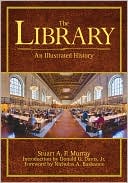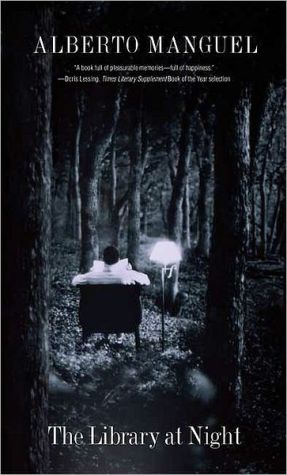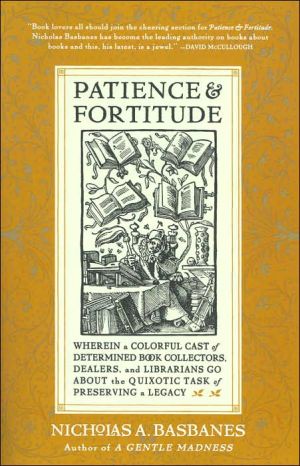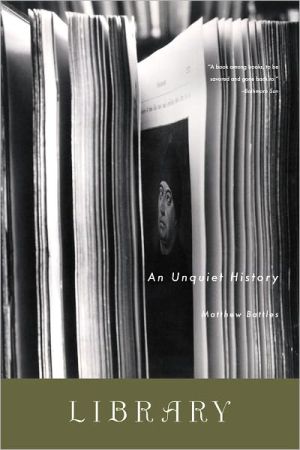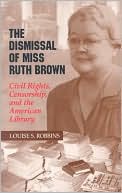Books, Maps, and Politics: A Cultural History of the Library of Congress, 1783-1861
Delving into the origins and development of the Library of Congress, this volume ranges from the first attempt to establish a national legislative library in 1783 to the advent of the Civil War. Carl Ostrowski shows how the growing and changing Library was influenced by -- and in turn affected -- major intellectual, social, historical, and political trends that occupied the sphere of public discourse in late-eighteenth-and early-nineteenth-century America.\ The author explores the...
Search in google:
The Library of Congress as seen through Ostrowski's eyes reflects changing American attitudes toward books, literature, and the relationship between the federal government and the world of arts and letters. Combining print culture studies and library history, Ostrowski (English, Middle Tennessee State U.) shows the ways that the early library was influenced by and in turn itself affected the major intellectual, social, historical, and political trends of the nation's first century. He looks both at the library's primary purpose—collecting sources of information that would provide government officials with practical guidance in domestic legislation and foreign affairs—and also at its secondary functions, such as providing reading material for the entertainment and instruction of the officials and their families. Annotation ©2004 Book News, Inc., Portland, OR American Literature Ostrowski has done exhaustive research and produced a book valuable for showing the intersections between the history of the book and key moments in American history.
AcknowledgmentsIntroduction: The Library and the History of the Book1Ch. 1Books, Classical Republicanism, and Proposals for a Congressional Library7Ch. 2Madison's Vision Realized, 1800-181239Ch. 3Thomas Jefferson, George Watterston, and the Library, 1814-182973Ch. 4Jacksonian Democracy and the Library, 1829-1843106Ch. 5James Alfred Pearce, the Smithsonian Institution, and the Question of a National Library, 1844-1859145Ch. 6Congressmen Use Their Library, 1840-1859179Conclusion: The Library before and after the Civil War210Appendix217Notes221Index253
\ American Historical Review"This book is a good example of the ways in which library collections, their users, and their uses can shed light on larger phenomena. When those phenomena include the changing ideologies and attitudes of the shapers of a nation, the study can be significant. This is one."\ \ \ \ \ American LiteratureOstrowski has done exhaustive research and produced a book valuable for showing the intersections between the history of the book and key moments in American history.\ \ \ Journal of Interdisciplinary HistoryThis study is a challenging example, showing that the history of libraries is not antiquarianism but a fertile field for testing cultural hypotheses or themes that are multidisciplinary in nature. It is a model well worth studying and emulating.\ \ \ \ \ The Journal of American History"The author is temperate in his judgments, and he offers an exacting, readable account, placing the history and evolution of the Library of Congress in the context of an emerging and rapidly expanding book culture in the nineteenth-century United States."\ \ \ \ \ Library JournalThis excellent work is not only a history of the Library of Congress (LC) from its failed starts in 1783 and 1790 through its successful launch in 1800 up to the Civil War but also a wonderful study of the role early American political and print culture played in its development. Using early catalogs, Ostrowski (English, Middle Tennessee State Univ.) illustrates how LC was originally conceived as a repository of print material, mostly works related to economics, geography, history, law, and politics, to be used by members of Congress in conducting domestic and foreign affairs. However, in 1812 the library began to collect fiction, thus allowing LC to serve both an educational and recreational function for the legislators and their families. Ostrowski also discusses how the growing literary culture of the 1830s through the 1860s greatly influenced the institution's development. Highly recommended for both library history and cultural history collections.-Tim Daniels, Library & Information Ctr., Georgia Inst. of Technology, Atlanta Copyright 2004 Reed Business Information.\ \

